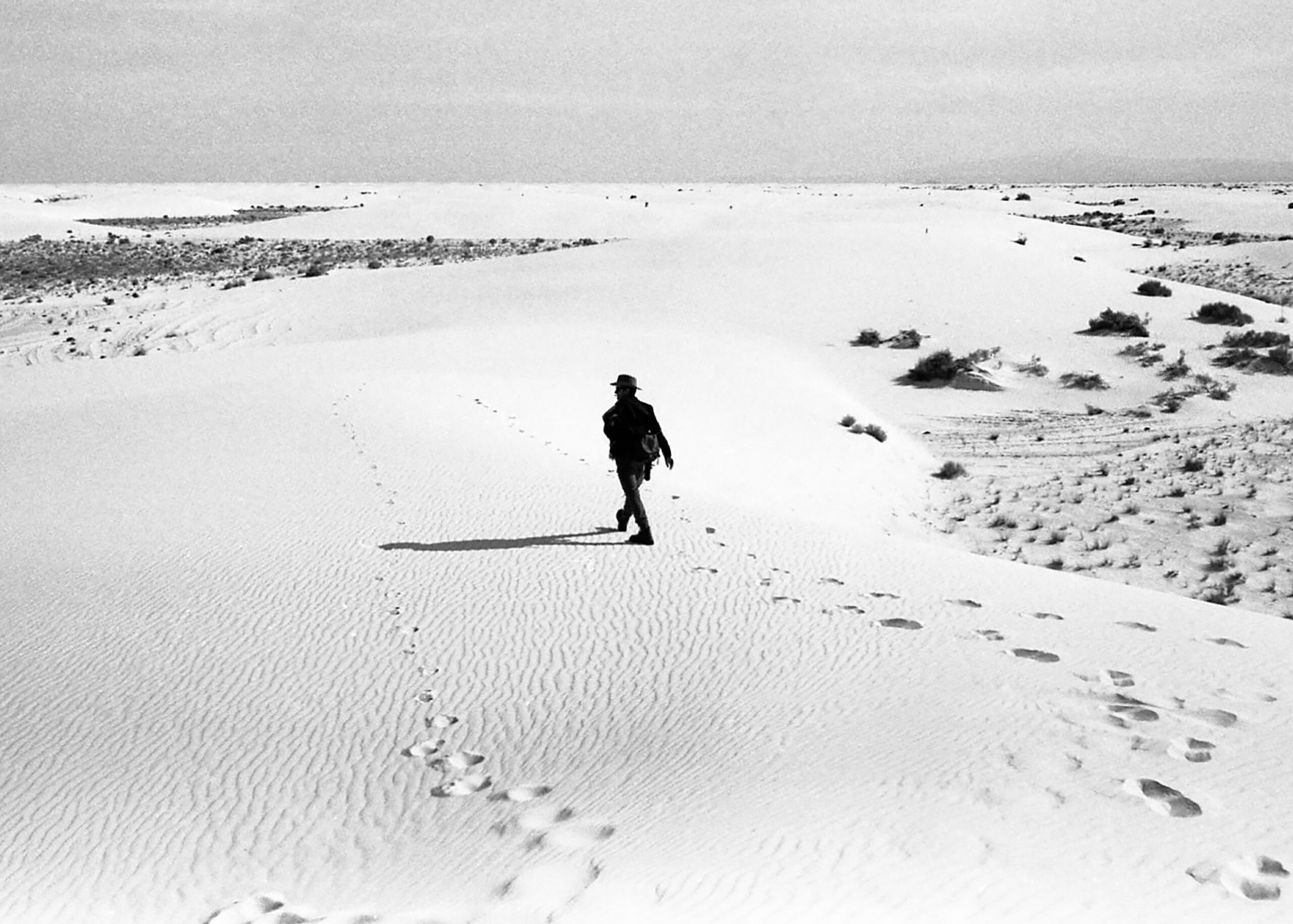Last Updated on 03/19/2023 by Chris Gampat
“I’m really pleased to say that I have seen a substantial uptick in women’s self-made leadership roles in the film photography community since beginning my career,” says photographer Nicole Taylor DeWitt, who runs Hi Desert Film lab. “The film photography industry is incredibly receptive to anyone who is willing to carve out their own niche. Luckily, there is more access to visibility than ever, with tools like social media to share how you work.” Nicole joins so many other women taking up leadership roles in the analog film photography world — which is getting trickier to navigate as time passes.
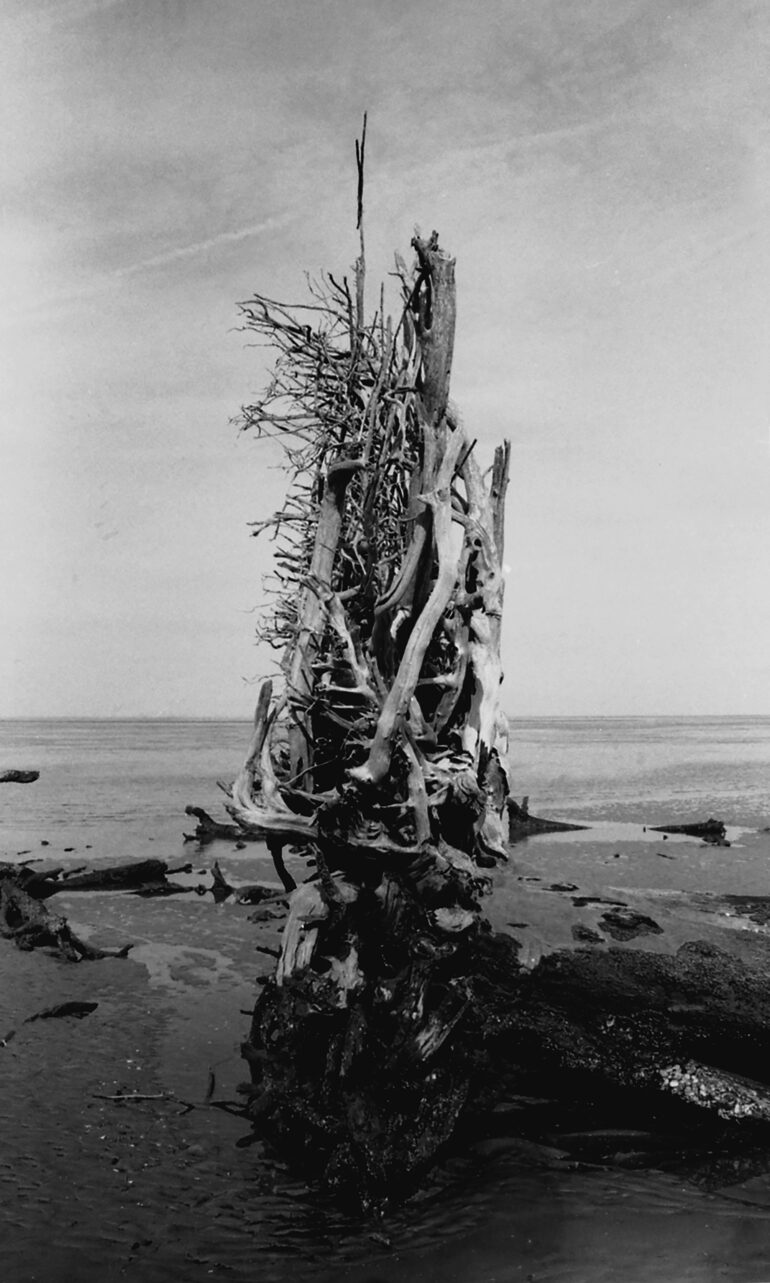
Photography in general is taking some really odd turns. It can be very disheartening between the digital camera world copycatting one another and the art world being plagued with AI-generated visuals. Then there’s the film photography world: where prices are soaring to astronomical heights. It’s tough for most companies, let alone a small lab like Hi Desert Film Lab. But Nicole sees a lot of promise, and the current economic recession is rife with opportunities.
“I believe that there is a need for more widespread access to analog education and community-based darkroom workspaces outside of traditional cost-prohibitive academic institutions,” Nicole tells us. “The film photography industry has, and will continue to diversify, so long as there are accessible avenues for folks to learn.” Of course, lots of opportunities for photographers to learn have popped up via YouTube, websites like ours, and even subreddits where people can have questions answered. Those newer and younger photographers are the folks that Nicole and many others see as their future.
According to Nicole, older photographers often make it their mission to convince you that digital photography is superior, and that you’re crazy for using a darkroom. But that’s not always the case with younger photographers. She believes that younger photographers have a solid drive to experiment with shooting film, learning to develop film, and learning to create photographic enlargements in a traditional darkroom setting.
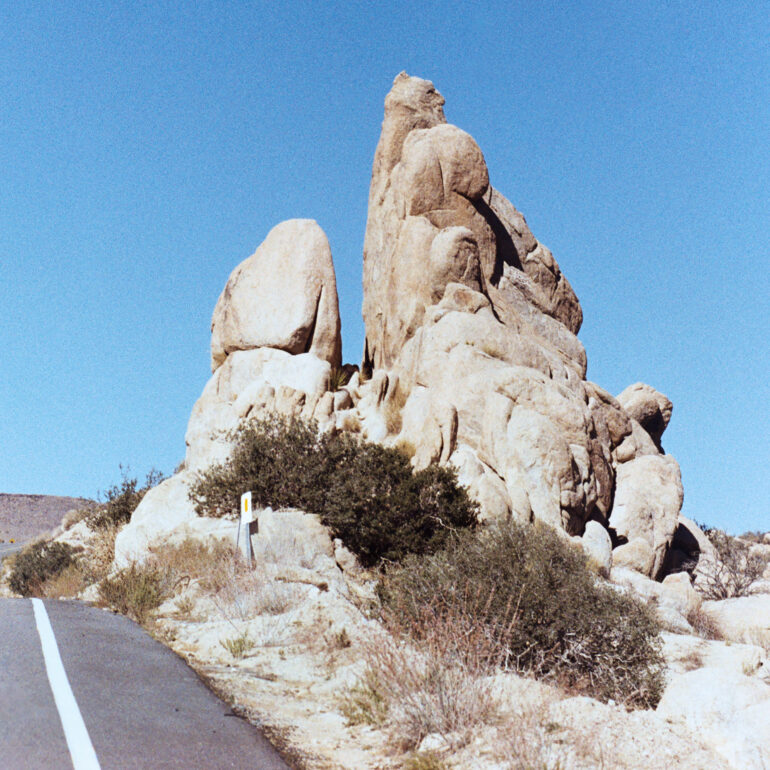
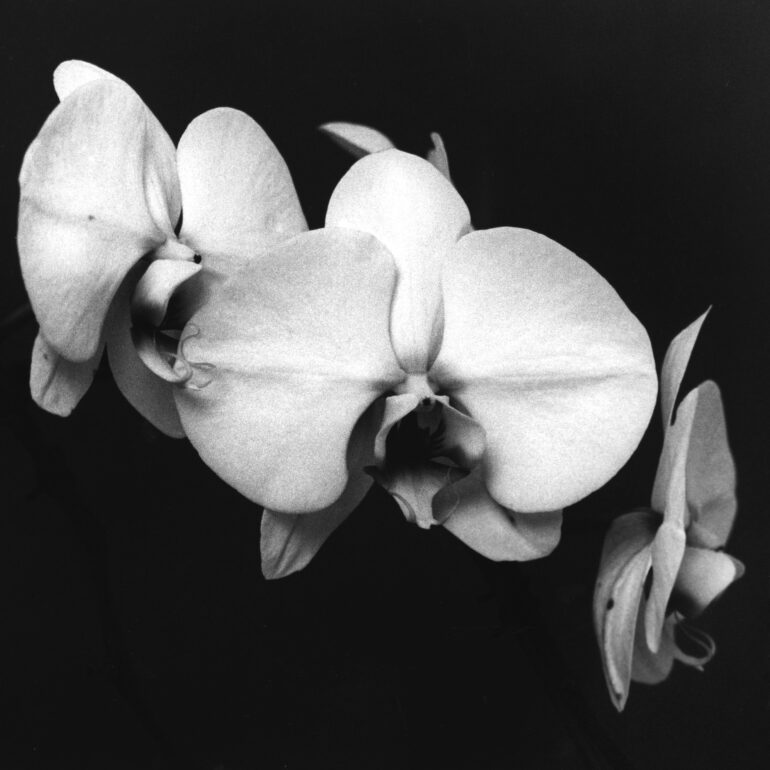
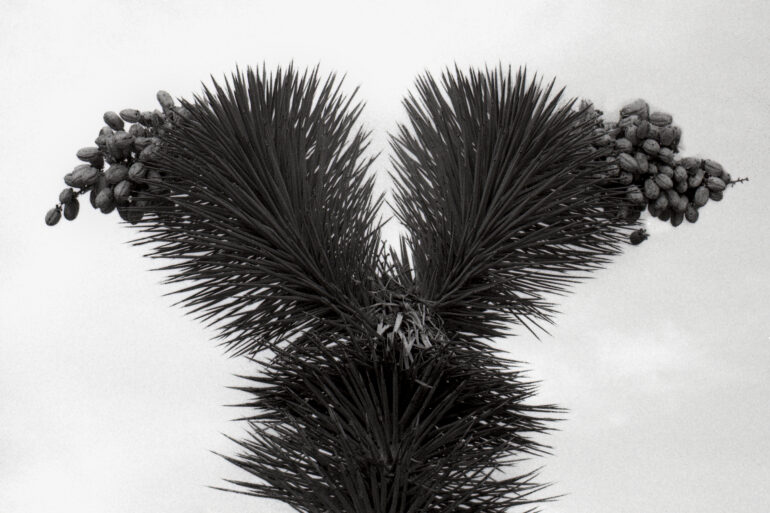

And she’s not alone in this belief. The more prominent brands, like Fujifilm, also see this. In 2020, we interviewed the then-Fujifilm America president, who shared similar findings. With their release of the Leica M6 2022 edition, Leica believes it’s still a niche but important market.
But as the demand for shooting film increased, so did the cost of manufacturing supplies. Nicole fears this will drive people away from shooting it as much. However, she’s a huge advocate of DIY film development. “With proper handling and storage, you can get so much life out of a DIY chemistry kit,” she says. “Depending on your shooting habits, learning to develop and scan your own film could save you thousands annually.”
That’s part of why Hi Desert Film Lab made a kit to do just that a while back.
My husband Stephen and I are focused on creating and sharing accessible and easy to understand film photography, developing, and darkroom content through Hi-Desert Film Lab, as an educational platform. We’re still offering our local and mail-in film developing and darkroom services, and we’re excited to share our expertise with a much wider audience.
These days, Nicole loves taking photos of her family, specifically her daughter, and husband. “At this point in my life, I mostly love to take pictures of my daughter and my husband. “Living in the beautiful California desert and raising a family is an incredibly eye-opening creative experience, and inspiration is always ready to strike,” she shares. “I’m currently working on a long-term landscape project (inspired by the daily drive to put my daughter down for a nap) featuring scenes from a nearby road that winds through a dormant volcanic field.”


